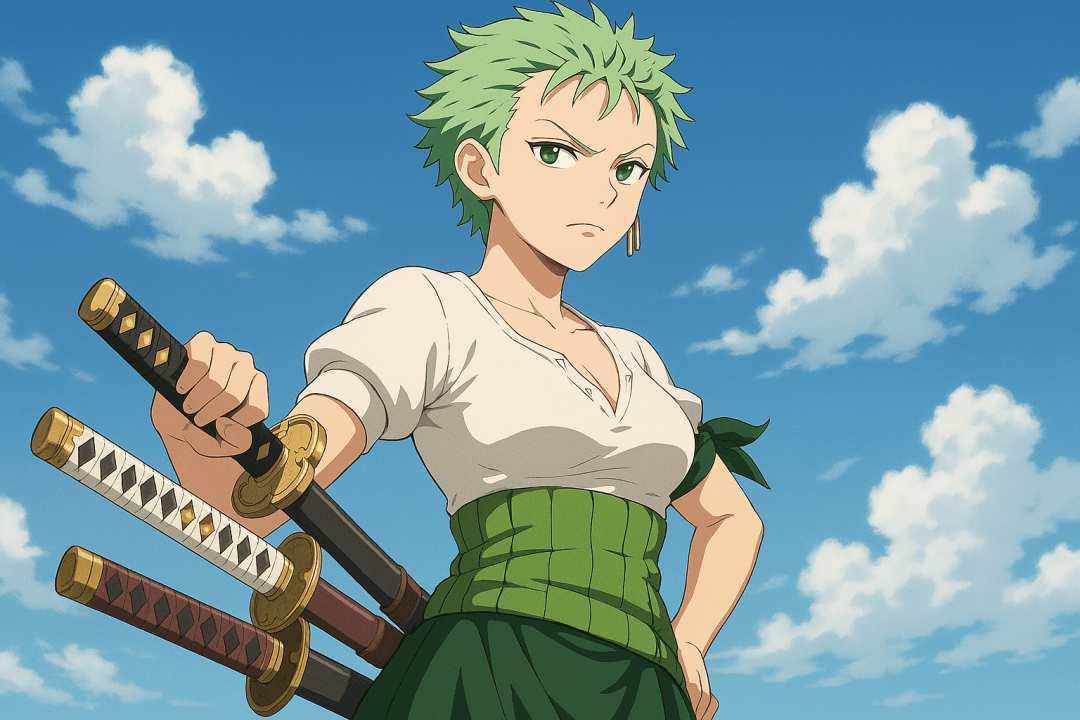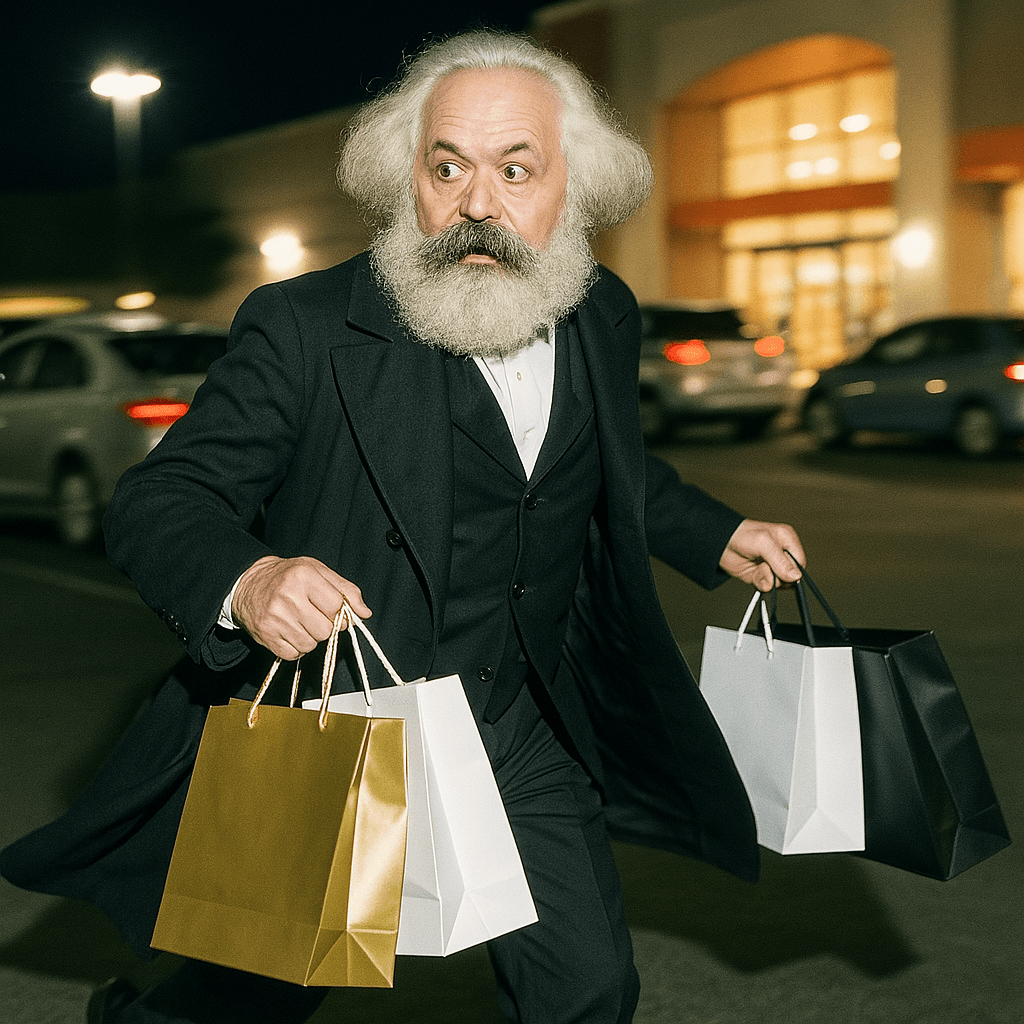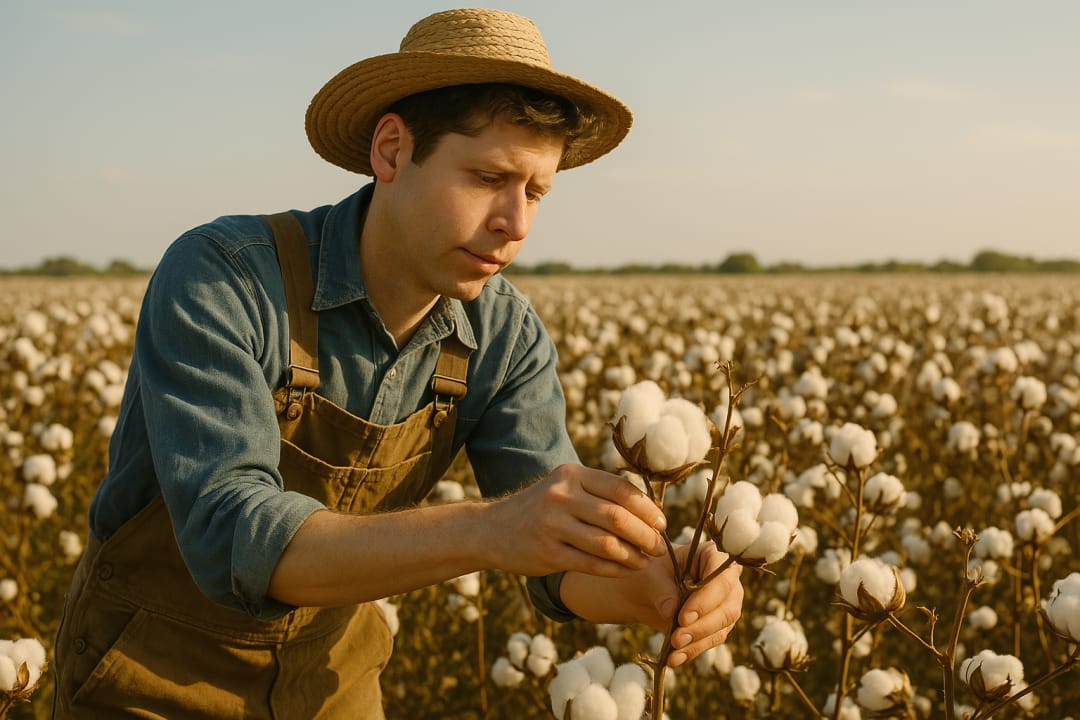In a significant development for AI enthusiasts and professionals alike, OpenAI has recently upgraded ChatGPT's image generation capabilities by integrating the powerful GPT-4o model. This advancement, announced in late March 2024, represents a substantial improvement over the previous DALL-E 3 system and addresses many long-standing limitations that users have encountered when generating AI images.
The Shift from DALL-E to GPT-4o Image Generation
OpenAI's decision to move from DALL-E 3 to a native image generation system powered by GPT-4o marks a fundamental shift in approach. Rather than treating image generation as a separate function, the company has fully integrated it into its multimodal AI system, creating a more cohesive and capable platform.
The "o" in GPT-4o stands for "omni," highlighting the model's true multimodality in being able to both understand and generate text, images, and audio. While the model was initially announced in 2023, it took OpenAI several months to fully implement and refine its image generation capabilities before making them publicly available.
Key Improvements Over DALL-E 3
Based on user reports and OpenAI's demonstrations, GPT-4o's image generation capabilities show several significant improvements over DALL-E 3:
1. Superior Text Rendering
One of the most notable improvements is in text rendering. Previous AI image generators, including DALL-E 3, often struggled with generating coherent text within images, frequently producing garbled characters or nonsensical words. GPT-4o dramatically improves this aspect, making it possible to create images with accurate, readable text for applications like:
- Informational posters
- Restaurant menus
- Scientific diagrams with labels
- Comics with dialogue
- Educational materials
As OpenAI's research lead Gabriel Goh noted, achieving this level of text quality required "many months of small improvements." While not perfect (especially with very small text), the results are consistently usable.

2. Better "Binding" Capabilities
GPT-4o excels at what researchers call "binding" - maintaining correct relationships between attributes and objects in an image. For example, when asked to generate "a blue star and a red triangle," DALL-E 3 might mix up the colors and shapes, especially as the number of objects increases.
The new system can correctly bind attributes for 15-20 objects without confusion, compared to the 5-8 object limit of previous models. This allows for much more complex and accurate scene generation based on detailed descriptions.
3. Improved Aspect Ratio Handling
Users of DALL-E 3 often complained that even when requesting tall images (portrait orientation), the model would generate scenes that appeared wide, with awkward composition. GPT-4o handles different aspect ratios more naturally, properly filling the frame with appropriately composed content.
4. Better Adherence to Prompts
A frustrating aspect of DALL-E 3 was its tendency to ignore or misinterpret specific details in prompts. For instance:
- Requests for side-view images would result in 3/4 views
- Requests for images without certain elements (like trains without tracks) would be ignored
- Color specifications would be changed
GPT-4o shows a much higher fidelity to the original prompt intentions, generating images that more closely match the user's specified requirements.
5. Enhanced Consistency Across Multiple Images
For users creating series of images (like comic panels or character studies), GPT-4o maintains much better consistency between generations. Characters retain their appearance, styles remain cohesive, and scenes feel connected - making it ideal for storytelling applications.
Technical Approach: Autoregressive vs. Diffusion
What makes GPT-4o's image generation different from DALL-E is its underlying technical approach. While DALL-E and most other image generators use diffusion models (which create the entire image at once through a denoising process), GPT-4o employs an autoregressive approach.
This means it generates images sequentially from left to right and top to bottom, similar to how text is written. OpenAI researchers suggest this fundamental difference in approach may be responsible for GPT-4o's superior text rendering and binding capabilities.
Real-World Applications
The improvements in GPT-4o's image generation unlock numerous practical applications:
-
Educational content: Creating accurate scientific diagrams and labeled illustrations
-
Multi-panel comics: Maintaining character and style consistency across panels
-
Marketing materials: Generating professional-looking designs with properly rendered text
-
Product visualization: Creating accurate concept images with specific details
-
Game assets: Designing consistent characters and environments

Limitations and Considerations
Despite these advances, some limitations remain:
1.
Generation time: GPT-4o takes longer to generate images than DALL-E 3, with OpenAI suggesting this is a worthwhile tradeoff for quality.
2.
Complex scientific visualizations: Some users report difficulties creating accurate chemical structures and highly technical scientific visualizations.
3.
Small text quality: While text rendering is improved, very small text can still be problematic.
4.
Safety guardrails: Like previous models, GPT-4o incorporates safety measures to prevent misuse, though with some policy changes regarding public figures.
Future Implications
This leap in AI image generation quality suggests several important trends for the future:
1.
Convergence of modalities: Rather than separate systems for text, image, and audio generation, we're moving toward unified models that handle all modalities seamlessly.
2.
Reduced need for professional designers: As image quality improves, many basic design tasks may become automated, changing the role of professional designers.
3.
New creative workflows: The improved consistency and prompt adherence enable new workflows for creators who can now more reliably generate series of related images.
Conclusion
ChatGPT-4o's image generation represents a significant advancement in AI capabilities, addressing many of the frustrations users experienced with earlier models. While not perfect, it marks a substantial step forward in creating a truly multimodal AI system that can translate human intentions across text, image, and audio with unprecedented accuracy.
For professional creators, hobbyists, and businesses alike, these improvements open new possibilities for using AI as a collaborative creative tool. As the technology continues to evolve, we can expect even greater refinements in quality, capabilities, and ease of use.


